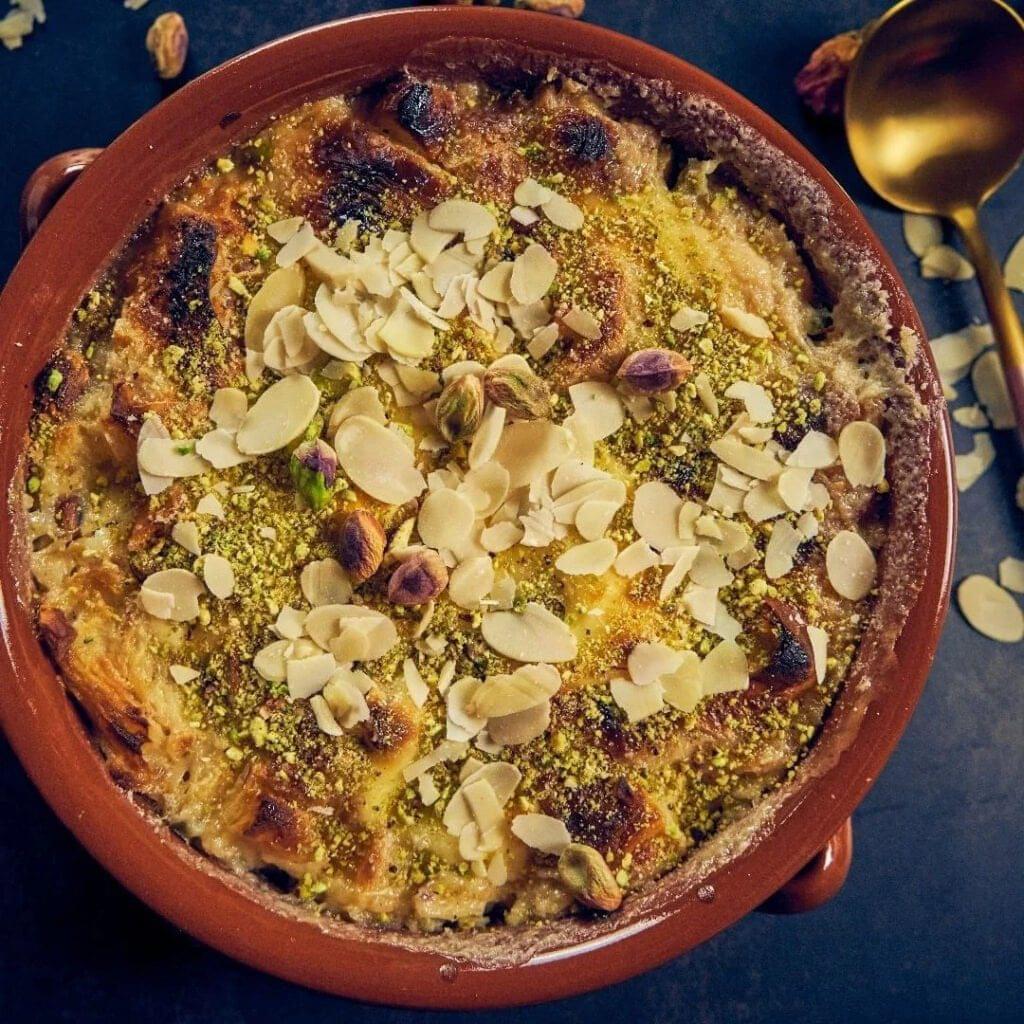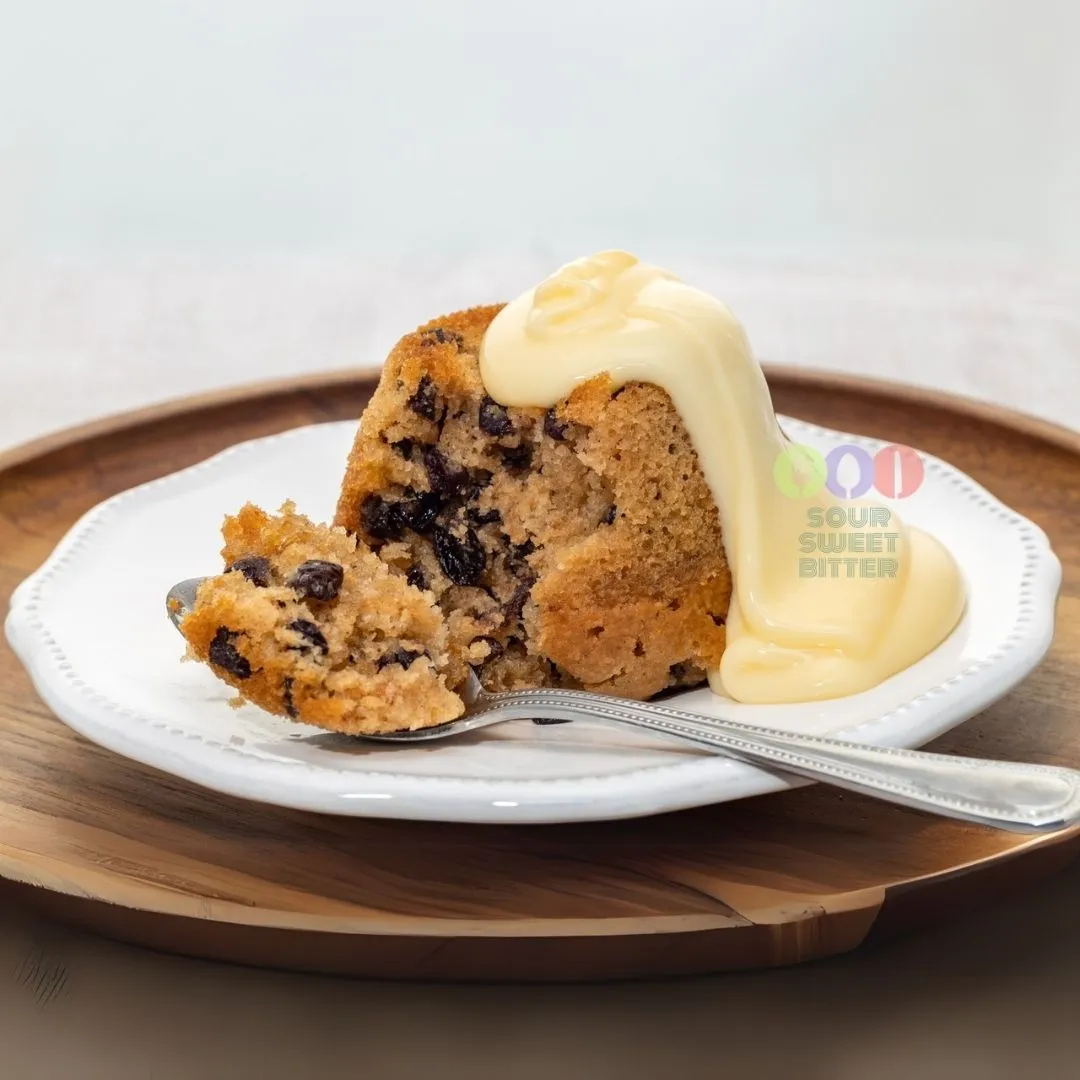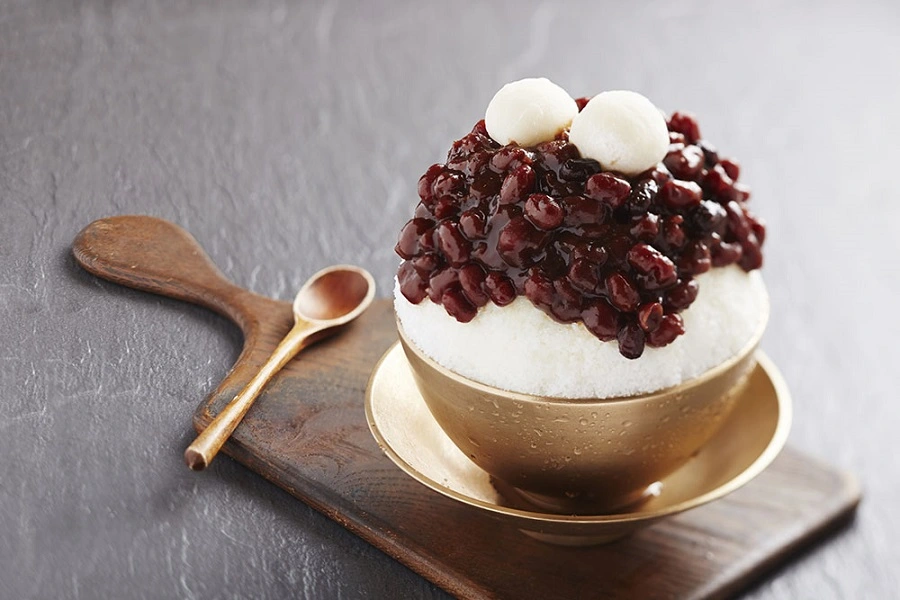Egyptian Umm Ali: A Delicious Dessert Steeped in History and Tradition
Umm Ali is more than just a dessert in Egypt—it’s a piece of history on a plate. This sweet dish dates back to the Ayyubid era, born from a royal rivalry. The wife of Sultan Ezz El Din Aybak, known as Umm Ali, prepared it to celebrate her victory in a power struggle. She served it to the entire court, and from that moment, it became a beloved staple in Egyptian households. Though its origins stem from conflict, Umm Ali now symbolizes unity, joy, and warmth in Egyptian culture.
A Blend of Flavors and Cultural Influence
Umm Ali combines various influences, reflecting Egypt’s rich history as a crossroads of civilizations. The recipe mixes layers of flaky pastry (often puff pastry or Egyptian bread), milk, cream, sugar, and nuts. Dried fruits like raisins add sweetness and texture, while a dusting of cinnamon brings warmth. This dish represents the blending of Egyptian simplicity with the luxurious flavors of the Arab world, making it both rich and comforting.
The Cultural Importance of Umm Ali in Egypt
In Egypt, food is more than nourishment; it’s a way to express culture, history, and hospitality. Umm Ali holds a special place in Egyptian homes, especially during festive occasions like Ramadan and weddings. This dessert brings people together, emphasizing the value of sharing and generosity. It is traditionally served in large trays for everyone to enjoy, representing abundance and togetherness.
A Comforting Dessert for Every Occasion
Umm Ali’s versatility makes it a favorite across generations. Whether served warm in cooler months or at room temperature during summer, its rich, creamy, and crunchy texture satisfies every craving. Over time, modern variations have emerged, adding twists like chocolate or coconut. But the heart of the recipe—its simplicity and comfort—remains unchanged.
A Dish Connecting Egypt’s Past and Present
Umm Ali’s journey from royal courts to everyday homes shows how Egyptian traditions endure and evolve. Its continued popularity showcases Egypt’s pride in its culinary heritage. Today, Umm Ali is cherished not only in Egypt but across the Middle East, with each bite offering a taste of Egypt’s history and culture.
This beloved dessert isn’t just food—it’s a connection to Egypt’s vibrant past, bringing warmth and joy to all who try it.
Discover Traditional Egyptian Recipes Discover Traditional Recipes from Asia You may like this also: British Apple Pie
Egyptian Umm Ali (Om Ali) Dessert
Ingredients
Instructions
-
Cut the bread or the ingredients you will use (see description) into small pieces or divide them with your hands. Spread the bread on a baking tray lined with baking paper.
-
Melt the butter. Pour the melted butter over the bread on the tray with the help of a spoon. Throw the bread into the preheated 200 degree oven. Leave it in the oven for 10 minutes.
-
In a large bowl, mix 1 box of cream and 1 pack of vanilla with a whisk. Thin the mixture by first whisking it with a few tablespoons of milk. Add 4 cups of milk and continue mixing until you get a homogeneous mixture. Finally add 6 tablespoons of sugar and mix again.
-
Divide the baked bread into soufflé bowls or other heat-resistant bowls. Place the bowls back on the baking tray. Sprinkle 1 teaspoon of raisins and 1 teaspoon of coconut on the bread.
-
Share the creamy milk mixture you prepared over the bowls. Place it back in the oven preheated to 200 degrees and bake for 10 minutes.
-
Meanwhile, in a bowl, beat 1 box of cream with 5-6 tablespoons of milk to thin it. At the end of the time, share this mixture on the bread bowls you took out of the oven. Place the bowls back in the oven and bake until golden brown.
-
Decorate the bowls that come out of the oven as you wish. The most harmonious flavor to decorate will be with nuts and dried fruits.
-
You can consume your dessert warm or cold according to preference. Bon Appetit!










